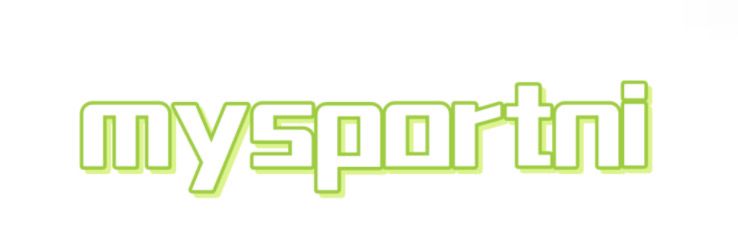What Should You Consider When Buying Thrust Bearings?
When it comes to thrust bearings, the right choice can significantly impact the efficiency and longevity of your machinery. Thrust bearings are designed to handle axial loads, and when you're in the market for one, understanding what to consider can save you time and money.
There are various factors to examine when selecting thrust bearings, including the type, material, load capacity, and application. Throughout this article, we will explore these critical considerations to help guide your purchase.
Choosing the Type of Thrust Bearing
There are several types of thrust bearings available, each designed for specific applications. The most common types include ball thrust bearings, cylindrical roller thrust bearings, and tapered roller thrust bearings. Understanding the operational requirements of your machinery is crucial. For instance, if your application involves high load capacities and limited space, a Cylindrical Roller Thrust Bearing OEM might be the ideal choice due to its ability to support heavier loads and its design adaptability for tight configurations.
Material Selection
The composition of thrust bearings is pivotal to their performance. These bearings are often manufactured from diverse materials such as steel, ceramic, or plastic. Steel is widely favored for its robustness and longevity. However, in corrosive environments, utilizing materials like stainless steel or ceramic can provide enhanced resistance.
Load Capacity
Evaluating load capacity is vital when choosing thrust bearings. It's important to assess the axial loads the bearings will encounter during use. Heavy machinery applications may necessitate bearings with elevated load ratings. Thrust bearings are categorized according to their dynamic and static load capacities, available in the manufacturer's specifications. Research from the American Bearing Manufacturers Association (ABMA) indicates that selecting bearings with adequate load ratings can prolong equipment lifespan by up to 20%.
Speed and Operating Conditions
Operating conditions, including speed and temperature, significantly influence the choice of thrust bearings. Each bearing has specified speed limits; surpassing these can result in early failures. Additionally, high temperatures can compromise performance. Selecting a bearing capable of enduring the equipment's operational temperatures is crucial for maintaining structural integrity.
Compatibility with Your Equipment
Verifying that the thrust bearing aligns with your machinery's specifications is essential. Various thrust bearings may present distinct mounting criteria, and ensuring compatibility greatly impacts performance. Always consult the equipment manual or connect with a manufacturer to identify bearings certified for your application.
Manufacturer Reputation
Considering the manufacturer's reputation is crucial when acquiring thrust bearings. Established manufacturers generally offer more reliable products and superior customer service. They often provide warranties and post-sale support that can prove invaluable if issues arise. Take time to research customer feedback and the history of prospective suppliers.
Cost vs. Quality
While opting for lower-priced thrust bearings can be appealing, sacrificing quality may lead to significant complications later. Investing in quality components, such as Cylindrical Roller Thrust Bearing OEM, might incur higher upfront costs, but they typically ensure superior performance, enhanced load capacities, and longer life spans. Always balance the long-term implications against the initial purchase costs during your decision-making process.
Sourcing and Availability
Finally, take into account the sourcing and availability of the bearings you need. Verify that the supplier can deliver the thrust bearings promptly, as procurement delays can hinder operational efficiency and lead to costly downtime. Establish relationships with trustworthy suppliers who can provide additional insights on the best options tailored to your requirements.
In conclusion, selecting the right thrust bearing involves understanding several crucial factors, including type, material, load capacity, operating conditions, and compatibility with your equipment. By keeping these considerations in mind, you can make an informed decision that enhances the efficiency and longevity of your machinery. Don't forget to consult manufacturers' data and reviews to ensure you choose a product that meets your specifications and expectations.
Contact us to discuss your requirements of Tapered Roller Bearing Single Row OEM. Our experienced sales team can help you identify the options that best suit your needs.


